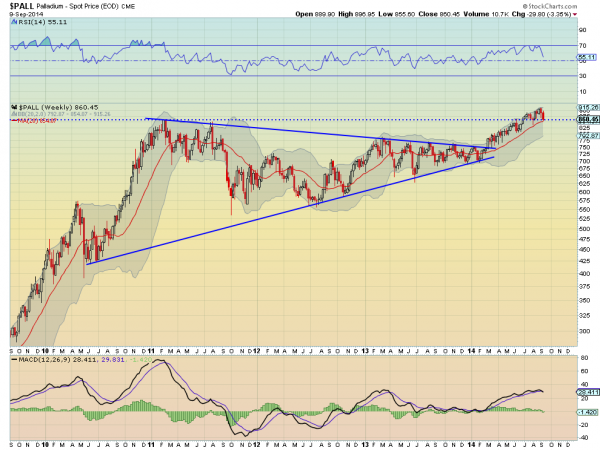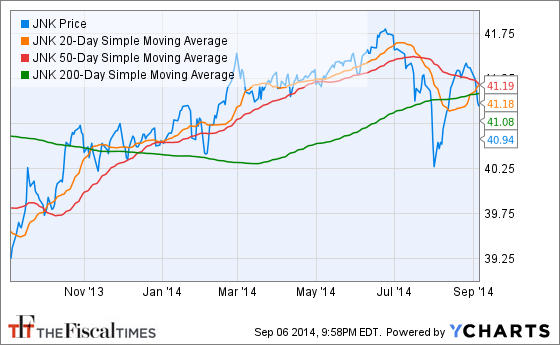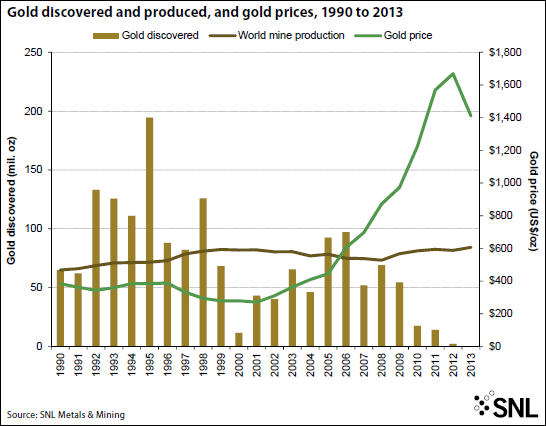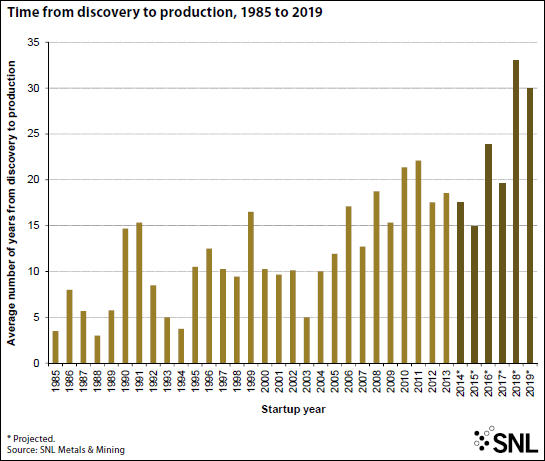by Bill Bonner
You’re Not Over the Hill If You Don’t Remember Any Hill …
Yesterday, we turned 66 years old. When did we get so old? We can’t remember. But 66 is still young. Everybody says so. Especially mother, who is 93, and our uncle, who is 96.
For our birthday, we went with Elizabeth to Le Dôme du Marais – a nice restaurant in the Marais district of Paris. It’s housed in a handsome round building that was once a pawnshop.
The pawnshop had been set up, explained the menu, by Louis IX to combat usury. In the days before credit cards, people could come to the pawnshop, rather than going to loan sharks, for their financing needs. Le Marais is a charming part of the city. Narrow streets. Ancient buildings. Chic shops. It is much more fashionable and cosmopolitan than our neighborhood.
At one table was a group of young professionals (perhaps in finance) – some from England, some Americans, an Asian… and others. It looked very much like a group you’d see in London or New York. At another table was a couple we took to be Scandinavian… or Russian. An American couple sat at yet another table but left early.
“That didn’t seem like Paris,” said Elizabeth. “It could have been anywhere.” Now, the small talk out of the way, let us return to our main subject: how to invest intelligently in an uncertain world.
A Simple System to Beat the Market
The Dow has traded at more than 20 times earnings six times in the last 114 years: at the start of the 20th century, in the late 1920s, in the mid-1930s (because earnings were so low), in the 1960s, in the 1990s, and twice in the new millennium.
Each time, save the last, a bear market followed that brought stock prices back to more reasonable valuations. The Dow has traded below 10 times earnings only three times over the same period: between about 1915 and 1925, after the crash of 1929 off and on until 1945, and between about 1977 and 1984. (The dates are approximate, because P/E ratios are slippery.)
Each time was a buying opportunity. Stocks rose substantially subsequently. Our “Simple Trading System” (STS) couldn’t be simpler.
P/E > 20 = Sell
P/E < 10 = Buy
When stocks are above 20 times earnings, you are out. When they fall below 10 times earnings, you buy again. Otherwise, you do nothing.
Had you come to adulthood in 1900… and somehow lived to today… following STS, you would have saved yourself the worst drawdowns. And you would still have taken advantage of the big bull markets of the 1920s, the 1960s, the 1980s, and the 1990s (and even the bull markets of the 2000s, depending on how you calculated your P/E ratio).
Note: If you had been using Robert Shiller’s 10-year average inflation-adjusted measure, you would have been out of stocks since the late 1990s. His “Shiller P/E” never fell below the 10-times-earnings entry mark.
Easy peasy, right?
Your rate of return would have been far in excess of buy and hold. But the real beauty of the STS is that you don’t have to be too exact about it. The system is meant to help you get the big moves right; the details almost don’t matter.

SPX with GAAP earnings and trailing P/E – obviously, P/E ratios are not the only determinant of future returns, but avoiding buying an expensive market has definitely helped with avoiding all the worst crashes and bear markets – click to enlarge.
Better Than the Shiller P/E
Our old friend Stephen Jones has been studying the essential question for decades. He has come up with an even better way to determine the real value of the stock market and its likely direction – better, I believe, even than Robert Shiller’s 10-year P/E and Tobin’s Q (which looks at the market value of listed companies relative to the replacement value of those companies’ assets).
Jones says that earnings – the denominator in the P/E ratio – are misleading. They can be goosed up by unsustainable trends. And that is exactly what has happened now: Earnings are greatly flattered by the Fed’s easy credit.
An alternative is to look at total output – GDP – and then adjust it according to the macro trends that are sure to affect it. The two main trends right now are debt and demographics. Both are major influences on growth. As debt increases, and a population ages, GDP declines.
Jones put those figures into his model … and found the resulting indicator was more accurate than any other market-forecasting tool.

Tobin’s Q ratio, via Doug Short. Today’s value was only eclipsed by the late 90’s tech mania, which is not the proper yardstick for determining overvaluation. It is noteworthy though that we’ve left the 1929 peak in the dust already – click to enlarge.
Another Lost Decade?
What does Jones’s model tell us now?
First, US stock prices are well over 20 times earnings when earnings have been properly normalized…or “smoothed” … as Shiller would do it (P/E > 20). Second, the model forecasts annual returns of MINUS 10.5% for the next 10 years.
Simple and obvious advice: It’s a good time to stay out of the stock market for long-term investors. But wait … If this is so simple, surely the smart money must have seen it?
Surely, it noticed that stocks were sometimes cheap and sometimes dear?
Surely it realized that investors were moved by greed and fear … and that they frequently mispriced stocks?
And what about all those guys with PhDs on Wall Street? Don’t they know about the anomalies Porter mentioned yesterday? Don’t they see all the $100 bills that are lying on the ground, just waiting to be picked up? Don’t they know they can time the stock market – at the extremes – as our STS does? Of course they do!
Next: What’s wrong with the “smart money?” How come it leaves so much money available for investors like us? Is it not so smart after all?

“Smart Money” – a movie about a man who knows too much about cards and too little about blondes …
The above article is from Diary of a Rogue Economist originally written for Bonner & Partners. Bill Bonner founded Agora, Inc in 1978. It has since grown into one of the largest independent newsletter publishing companies in the world. He has also written three New York Times bestselling books, Financial Reckoning Day, Empire of Debt and Mobs, Messiahs and Markets.
See the original article >>
































